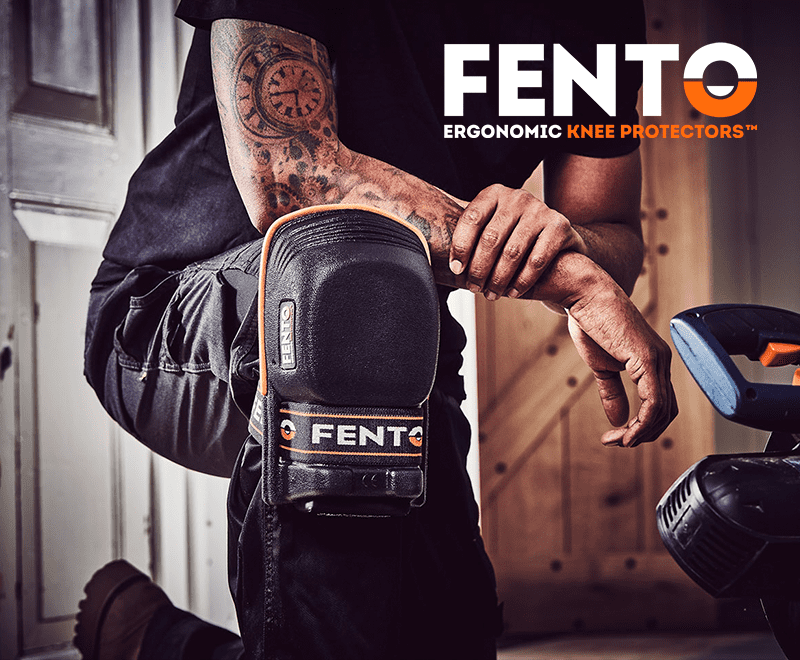“When do I need to prime?” “How many coats do I need?” David Hilton, Ardex group training and technical support manager is often asked these questions. Here, he elaborates on some of the answers.
Priming can be an absolute minefield, but by following some simple rules it couldn’t be easier.
Before tiling, certain wall and floor backgrounds must be primed for several reasons including; to reduce porosity (absorbency) of backgrounds or bases (preventing the formation of air bubbles and rapid drying of products), to prevent chemical reaction between cement-based adhesives and certain substrates, resulting in floor failure and to aid in surface consolidation.
Priming also helps prepare surfaces for waterproofing, or for preparing surfaces prior to the use of a levelling compound.
When planning tiling projects, selecting the appropriate primer is as critical as choosing the right adhesive or grout.
There are a number of different primers on the market, but we recommend acrylic primers such as BAL Prime APD or synthetic polymer-based dispersion primers such as ARDEX P 51 or BAL Bond SBR.
It is common practice for PVA liquids to be used as an alternative. Cheap and readily available in the market – particularly at builders merchants.
PVA products contain different levels of PVA polymer. The film thickness left on the surface after drying depends on the chosen PVA product and its dilution rate. Importantly, many PVAs tend to resoften or emulsify upon contact with moisture after drying, which can lead to failures with tiling projects.
Mixed tile adhesives and levellers will introduce water to the dried PVA film, and as the cement-based adhesive or leveller dries and cures by hydration, it creates stress on the primer interface.
This stress, coupled with a weakened softened PVA background, significantly reduces bond strength, often resulting in adhesion failure.
While PVAs offer a cost-effective option, they substantially increase the risk of failure due to the reasons outlined. It is advisable to adhere to manufacturer recommendations by selecting the appropriate primer, ensuring successful installation on the first attempt.
At ARDEX we would always recommend the use of an acrylic or synthetic polymer-based primer.
Before priming, always check with the manufacturer for the correct dilution rates.
The following key substrates/backgrounds should be primed using BAL Prime APD, two coats neat gypsum plaster (if using cementitious adhesive) and tongue and groove floorboards.
Gypsum plaster can also be primed using ARDEX P51 diluted 1:3 with water when using cement-based adhesives.
If priming gypsum plaster before using ready-mixed products, BAL Prime APD can be used diluted 1:1 with clean water in one coat.
It is crucial to prime calcium sulphate/anhydrite screeds before using a cement-based leveller or tile adhesive. This is to prevent the formation of ettringite – small crystals which can affect the bond between cement and gypsum.
When using BAL Prime APD, anhydrite screeds should be primed with a 1:1 dilution (first coat) and undiluted for the second coat.
ARDEX P51 can be used on absorbent and smooth calcium sulphate screeds at 1:3, and only one coat is needed.
You will also want to consider priming cement:sand render, concrete, cement:sand screeds and tile backer boards with one coat of BAL Prime APD or ARDEX P 51 to consolidate the surface and prevent rapid drying of products before they have had chance to hydrate.
When priming with two coats, it’s always good practice to apply the second coat at a 90° angle to the first coat, with the one coat horizontally and one coat vertically (always allow each coat to dry). This ensures complete coverage of the background.
As well as being used to reduce porosity of backgrounds or bases, minimising risk of chemical reaction or strengthening friable surfaces, primers also help tile adhesives and levellers to perform better, by ensuring true hydration of the product and improving adhesion. In effect, priming gives your products more open time and more adjustment time – allowing you to tile larger areas more easily.
If you’re unsure whether to prime or not, it’s always worth your time consulting our Technical Advisory Service.








